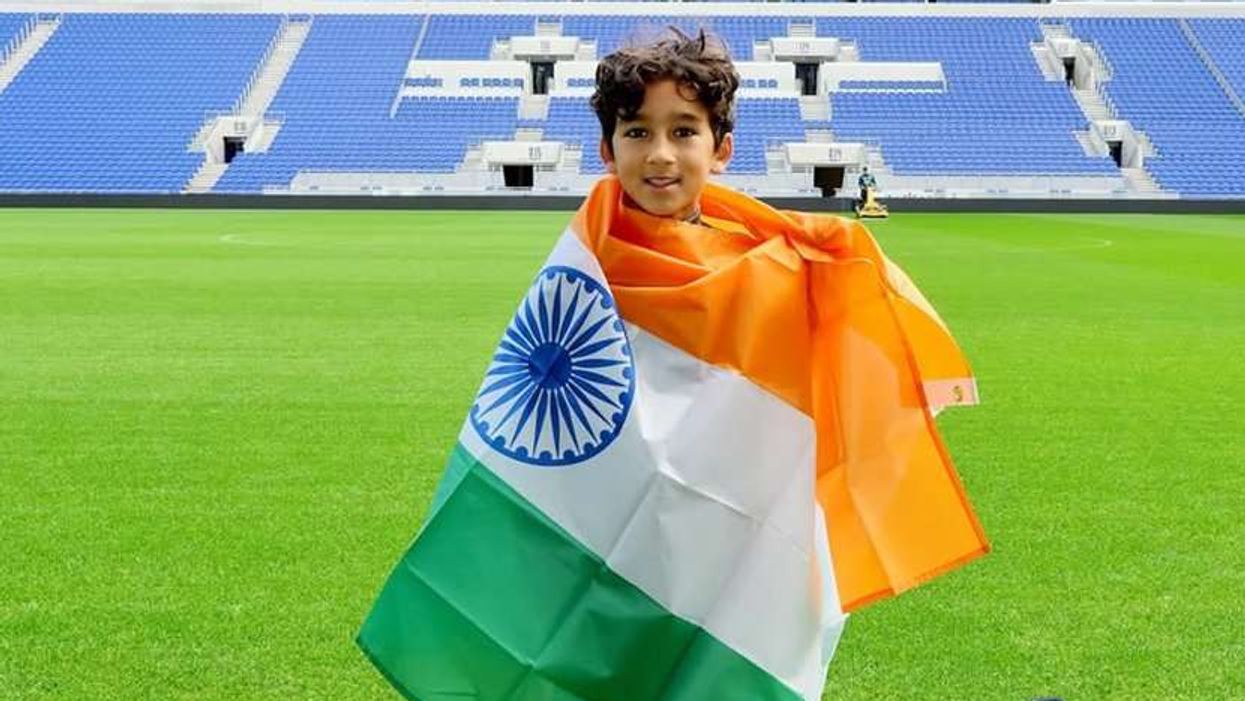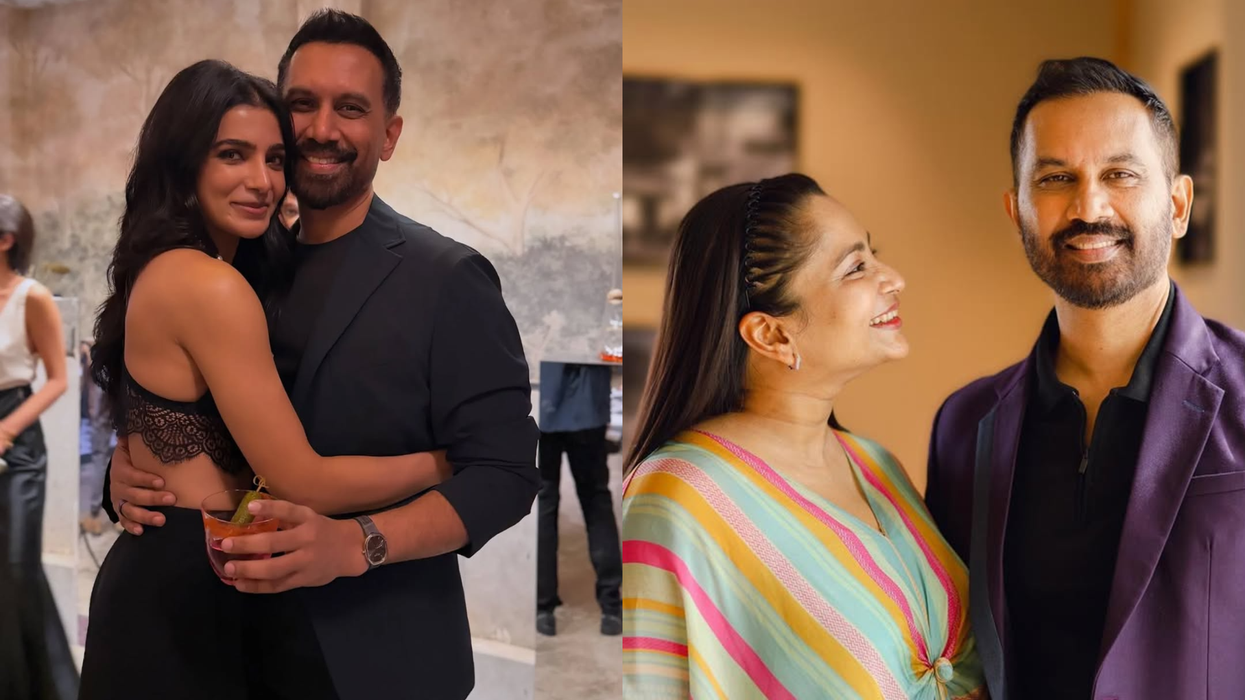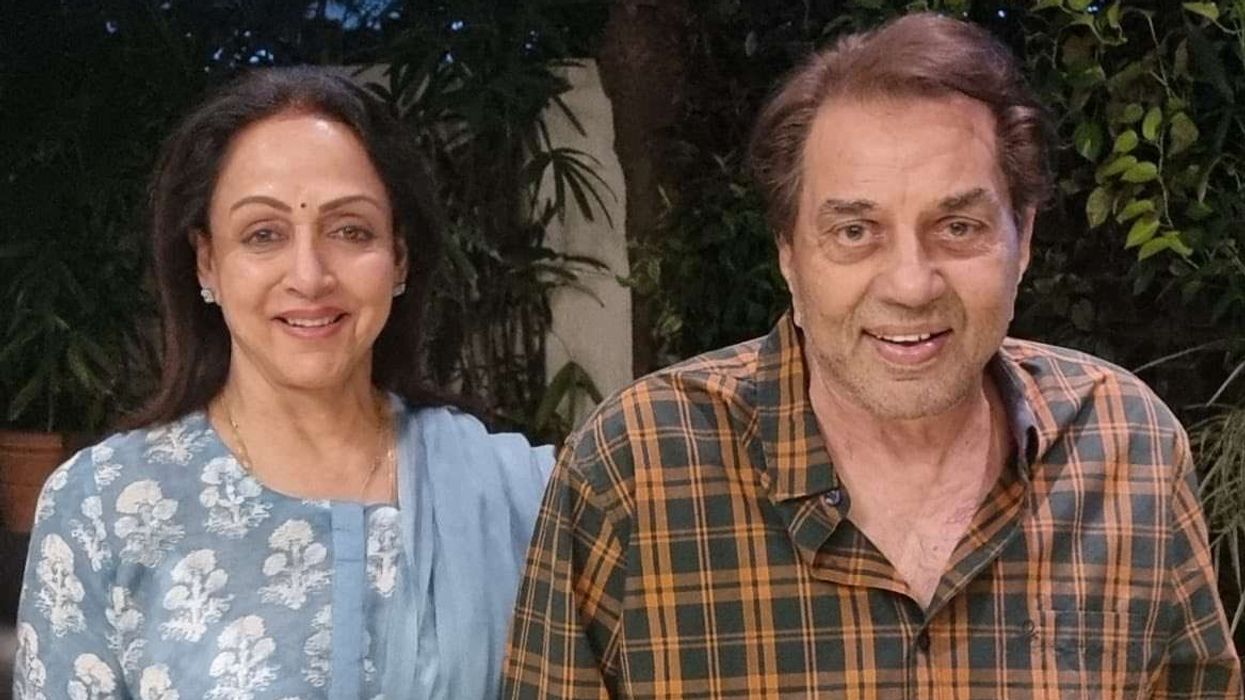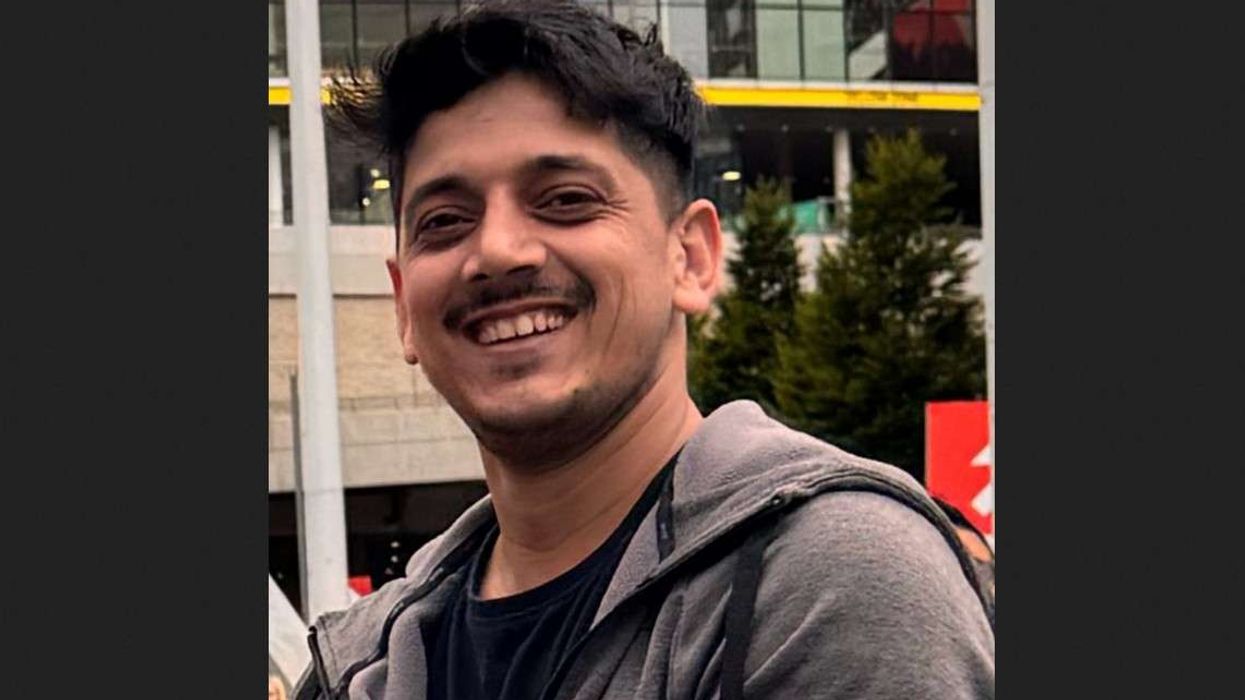England could be without both Stuart Broad and James Anderson in a home Test for the first time in nearly a decade following a double injury setback at Lord's.
Broad, 35, has been ruled out of the rest of the five-match series against India after pulling up with a calf problem ahead of the second Test at Lord's starting Thursday, which could have marked his 150th appearance in the format.
Meanwhile the 39-year-old Anderson is struggling with a thigh problem sustained on Wednesday. Broad suffered his injury warming-up on Tuesday.
With England set to alter their top-order and Moeen Ali in line for a recall as a spin-bowling all-rounder, the hosts could make several changes to the side that drew a rain-marred first Test at Trent Bridge -- Broad's home ground -- last week.
Broad's 524 wickets make him England's second-most successful Test bowler behind longtime new-ball partner Anderson, whose 621 are an all-time record for any fast bowler at this level.
"England seamer Stuart Broad has sustained a tear to his right calf and has been ruled out of the Test series against India," said an England and Wales Cricket Board statement.
- 'Rose to the challenge' -
Earlier Wednesday, the ECB announced that Saqib Mahmood, uncapped at Test level, had been called up as cover for Broad.
Mahmood, who has played seven one-day internationals and nine Twenty20s, now joins Ollie Robinson, Mark Wood, Craig Overton and all-rounder Sam Curran in vying for a place in England's pace attack.
England have not played a Test without either Anderson or Broad since October 2016 and it is nine years since they both missed one on home soil -- six months before current captain Joe Root made his Test debut.
The only survivor from that match still left in the England squad is Jonny Bairstow.
Speaking to reporters on Wednesday, before it was announced that Broad would play no further part in the series, Bairstow said: "It would be a big loss, naturally, because they've got over a thousand Test wickets between them."
Anderson and Broad's injuries are bound to leave the ECB facing fresh questions over a domestic fixture schedule which left both bowlers short of match practice, neither of whom now plays in limited-overs matches, heading into a showpiece series in the absence of red-ball county cricket.
Nevertheless, Yorkshire batsman Bairstow added: "I think with the nature of professional sport there is going to be injuries at times, there is going to be illness, it can happen overnight and you've got to be adaptable within the group.
"When we've seen that previously in the summer, in the Pakistan series, there were opportunities that arose for other people coming in and they rose to those challenges."
Bairstow was referring to a one-day series where England won 3-0 despite having to select an entirely new squad following a Covid-19 outbreak within their camp.
Mahmood was the star of that campaign with nine wickets.
The 24-year-old is the second additional call-up to the England squad following Moeen.
Meanwhile, Nottinghamshire batsman Haseeb Hameed could force his way into a top three where both Dom Sibley and Zak Crawley have been struggling.
Opening batsman Sibley took a laborious 203 balls to score 46 runs at Trent Bridge, while Crawley averages just 11 in Tests this year.
England remain without two experienced all-rounders in Ben Stokes, taking an indefinite break f rom cricket due to mental health issues, and the injured Chris Woakes, while fast bowler Jofra Archer has been ruled out for the rest of this year with an elbow problem.
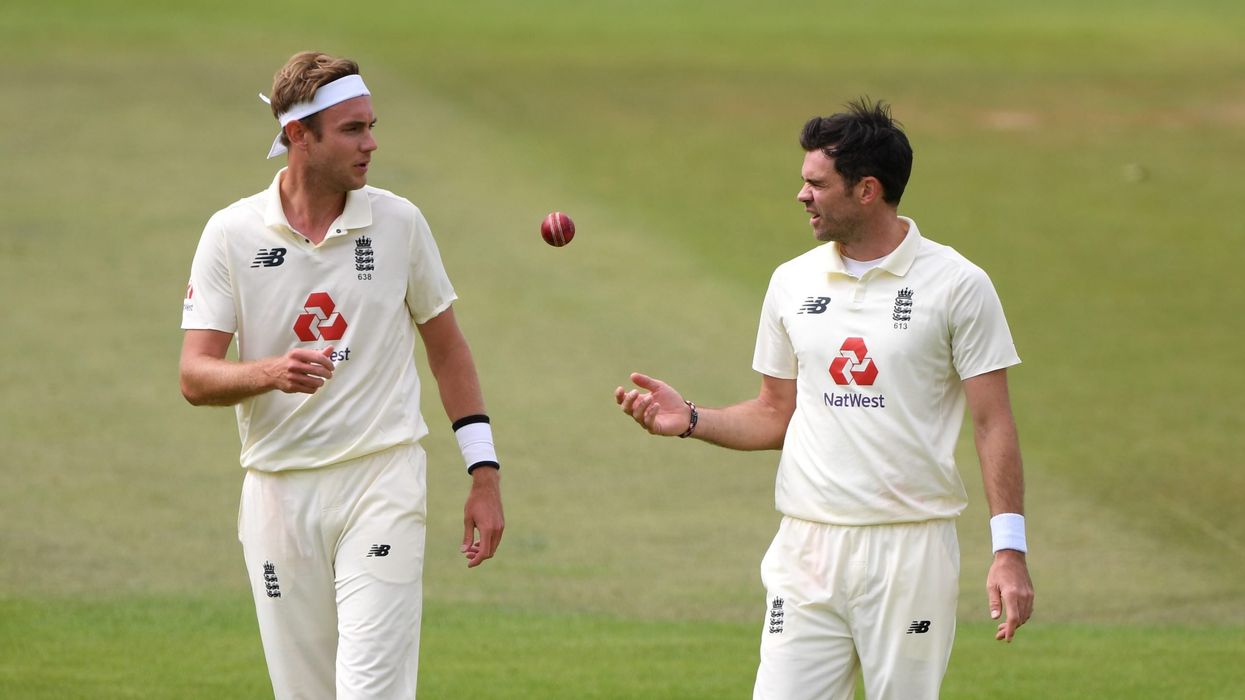
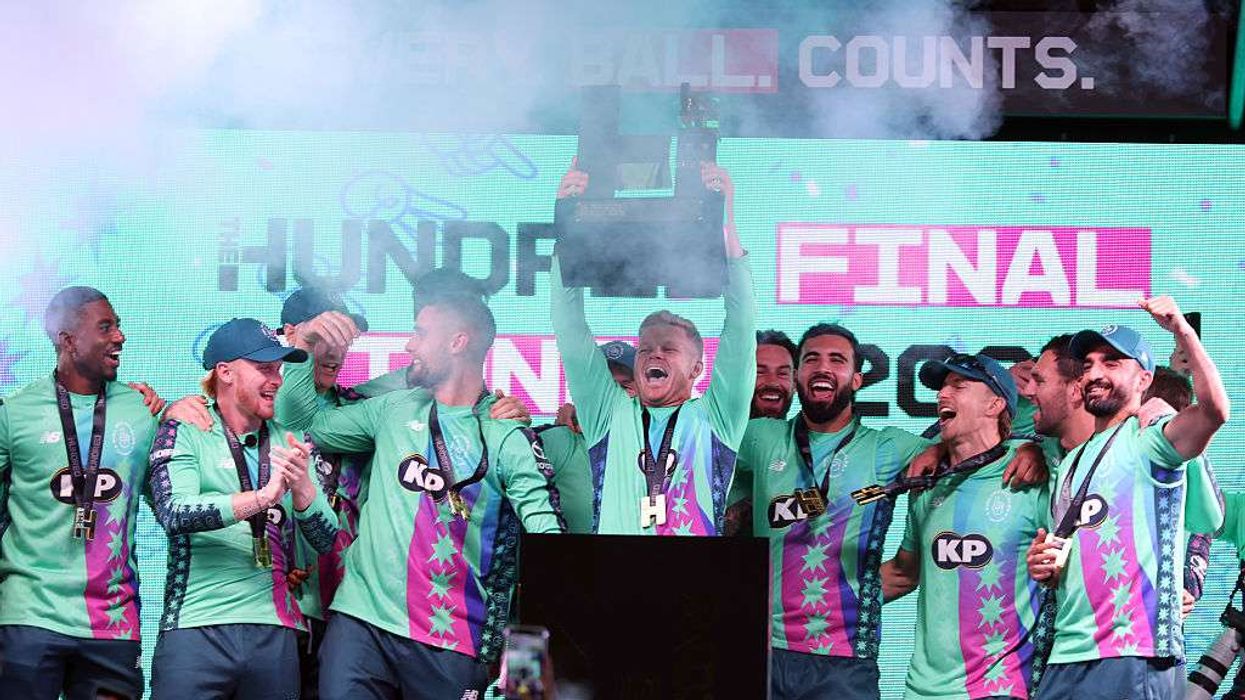

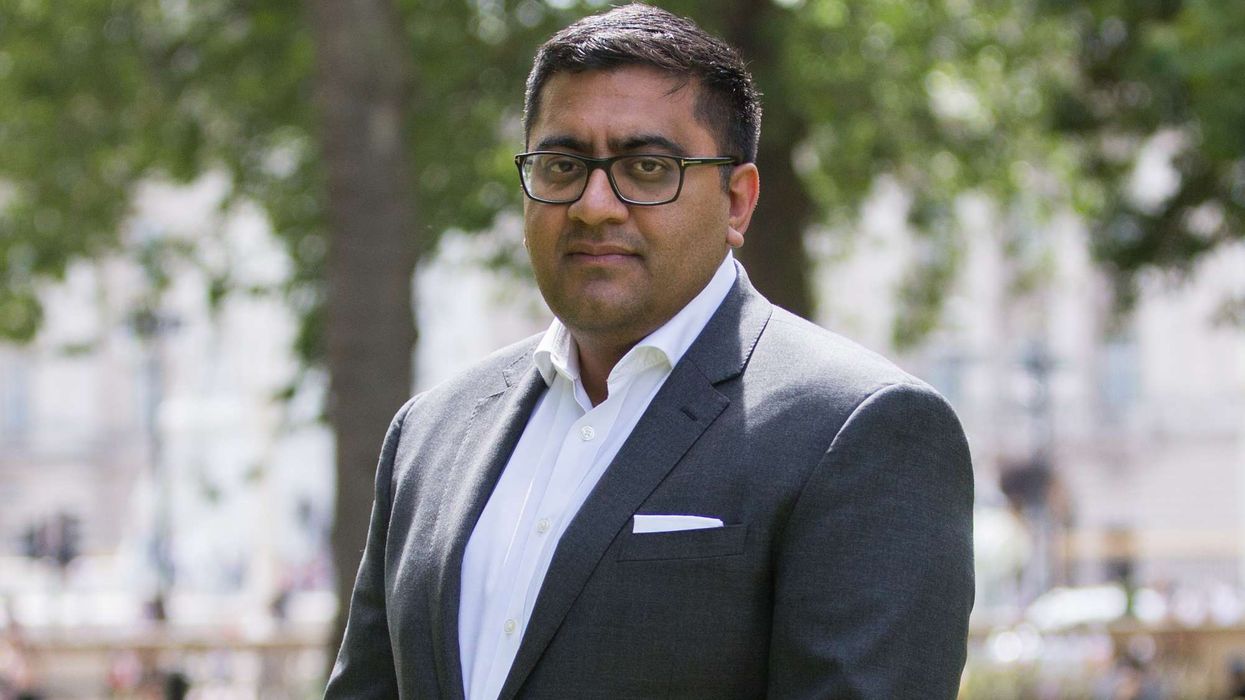

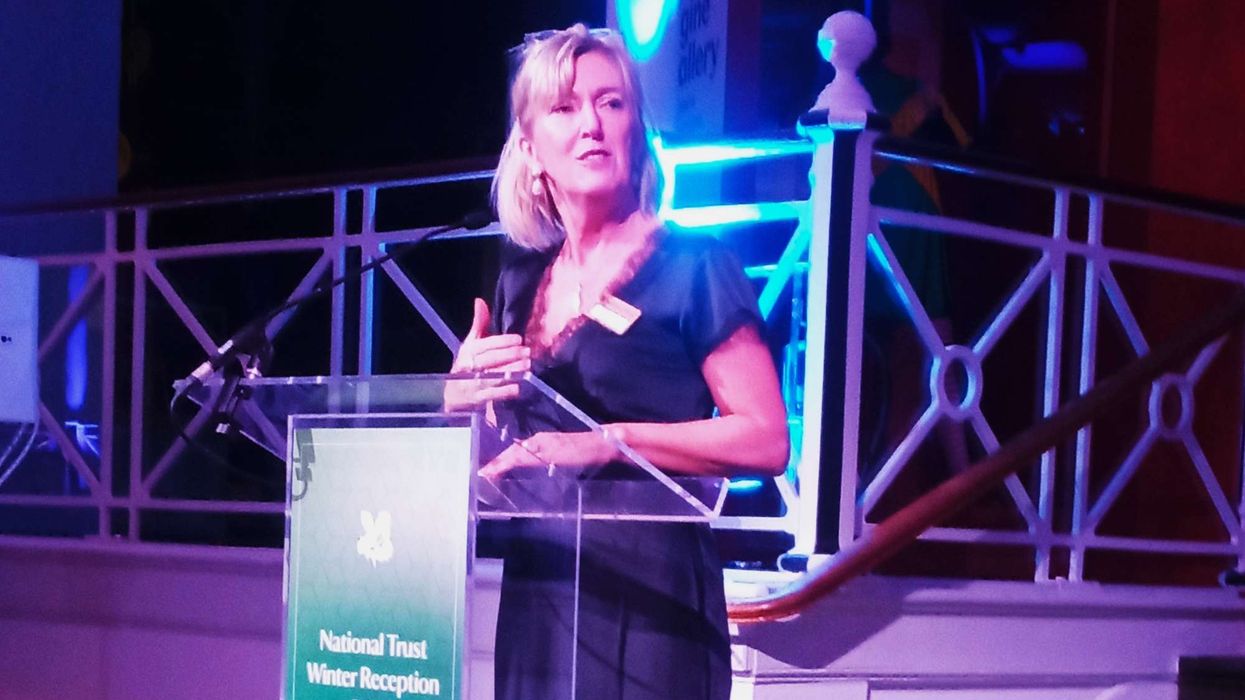
 The Ironbridge Gorge World Heritage Site in Shropshire
The Ironbridge Gorge World Heritage Site in Shropshire Arcadia; a beaver at the Holnicote Estate
Arcadia; a beaver at the Holnicote Estate
 And , René Olivieri
And , René Olivieri